Creating a Collective Black Ancestry: Researcher Kimberly Annece Henderson Discusses Dear Yesteryear
When I was a teenager, I had a secret passion. It’s a little odd, but I loved going to antique shops and looking through the old photographs they had on sale there. These were forgotten photos from the late 19th early 20th century, and often I would buy the ones that I thought were the most interesting and take them home. There, I’d make up stories about them and what their lives might have been. Photography has always been something that’s fascinated me. Little wonder that when I heard about Dear Yesteryear I was instantly intrigued.
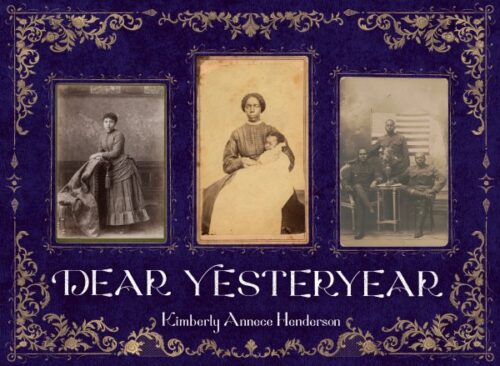
What I did as a kid as a hobby, historical curator and researcher Kimberly Annece Henderson does as a calling. As I learned from her publisher, “Kimberly’s work centers genealogy and Black American lineages through photography, historical preservation, and archives. She currently facilitates digital projects for the New York Public Library’s Schomburg Center for Research in Black Culture in Harlem. She is the creator of emaline and ‘nem, an Instagram-based archival image repository inspired by her paternal great-great-great-great-grandmother Emaline; which features photographs of everyday Black Americans from the turn of the 19th century. She also curated the archival photographs of Black Americans for the #1 New York Times bestseller The 1619 Project: A New Origin Story.”
ADVERTISEMENT
ADVERTISEMENT
Now in Dear Yesteryear she pairs historical photographs of Black Americans from myriad sources alongside a lyrical text, honoring their history and putting it in a format that kids can discover for themselves today. I was delighted to hear that she was willing to tell me more about this project:
Betsy Bird: Kimberly, thank you so much for joining me today. I make a point to watch the myriad ways that photography can intersect and inform different kinds of children’s books. Your book is completely unique in this respect. I’ve never seen anyone use old photographs as both illustration and overall messaging in the way that you have. Can you tell us a bit about how Dear Yesteryear came to be?
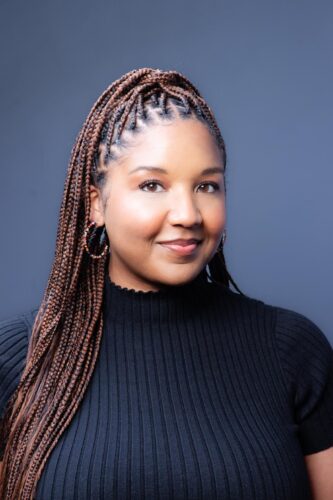
Photo Credit: Francis Bartus
Kimberly Annece Henderson: So, Dear Yesteryear is inspired by my family history research! It all started many years ago when I began mapping my family tree and found a wealth of information about my ancestors. My mother’s ancestors fought in the American Revolutionary War and settled a unique community of people once known as the Little Texas Community in North Carolina. My father’s ancestors were enslaved on plantations in South Carolina. Finding all this out inspired me to start an archival photography project on Instagram entitled, @emalineandthem; in which I post portraiture of everyday Black Americans from the late 1800s and early 1900s. This project would become the basis for my debut picture book.
BB: And as a historical curator and researcher, you’ve a particular eye for the past that must have been helpful in making this book. Where did you find these images? And how were you able to cull through them to find the best possible ones for the book?
KAH: One of my favorite aspects of curating is thoughtfully selecting images that help build a narrative. I digitally source these photographs through the use of academic libraries, historical societies, museums, and other collecting institutions that have digitized these archival photographs from their collections. It’s an amazing resource, to have access to these archives remotely…
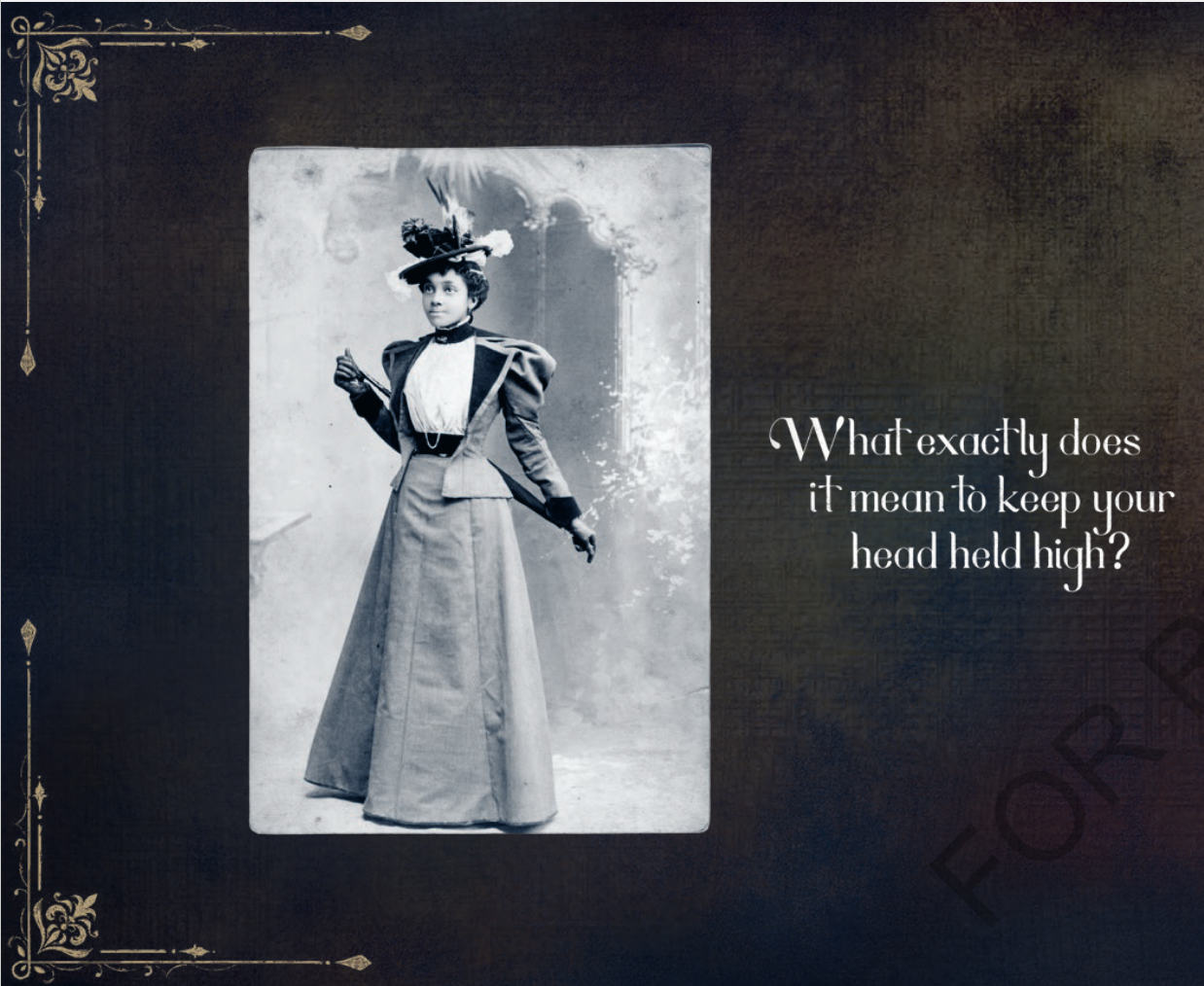
BB: Just as a logistical question, which came first, the words or the photographs? Did you taper the text to fit the images you found or the other way around?
KAH: The text and photographs sort of informed one another, honestly. As I constructed the poetic letter, I would think of images that fit the text, and in other instances, I wrote to fit in the photograph. There were certain portraits that I was familiar with that I knew I wanted to include in the book; others, I found along the way.
BB: Were there any photographs you initially wanted to use and then found you just couldn’t when you were making the final edits?
KAH: Yes! Copyright was a big consideration for the project and certain images I had to rework and replace based on the rights clearance process.
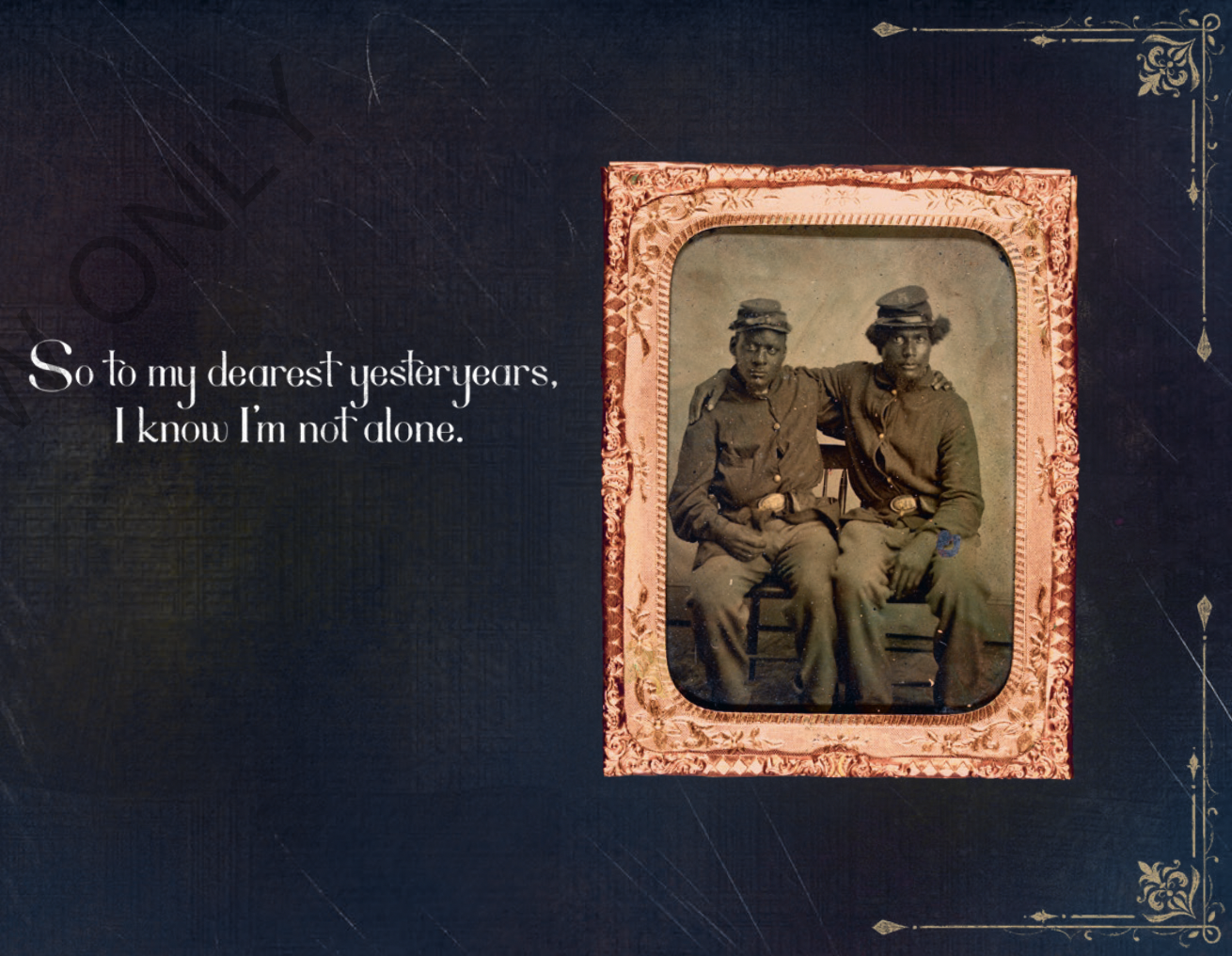
BB: When I was a young teen, I used to haunt antique stores and buy old photographs from the same time period as those in this book. I was entranced by the stories they suggested and implied. Similarly, when babies are first introduced to books it’s faces that they react to. This may sound a little silly, but I’m curious about your answer. What is it about photographs from the past that so entrance us?
ADVERTISEMENT
ADVERTISEMENT
KAH: Omg, everything about them! The clothing from that era, the customizations, and fancy embellishments that people took time to adorn themselves with –I have such an appreciation for how much we can (visually) gather about their lives based on subtleties in a single portrait. I oftentimes don’t have details about the subjects in each portrait, but I love letting my curiosities run wild when I find a new portrait from the late 1800s and early 1900s. I’m also very fascinated by the photo process.
BB: In your Note from the Author you include your own, beautifully detailed family history and you begin by saying, “Trees have roots, and we each come from a long line of people who play a role in our unique life story.” Can you speak a bit about the role of connecting to those roots? And what can we offer children who have no access to that family knowledge?
KAH: Before I started researching, I had no clue what I would find in my family history, and I still have questions about certain ancestors and others that may never be found. This is the beauty of that whole process. And, it is for this reason that in certain ways, this book acts as a figurative family photo album for Black Americans who might not have done their ancestry research yet, or if they’re like me, and they have hit roadblocks researching their ancestry due to American Slavery, these portraits represent this idea of collective Black ancestry in a sense. That’s what makes it feel special in my opinion.
BB: Finally, do you have any plans for more books along these lines? What’s next for you in general?
KAH: More books is definitely something I’d love to pursue! In the meantime, I’ll always do research for my Instagram project, @emalineandthem
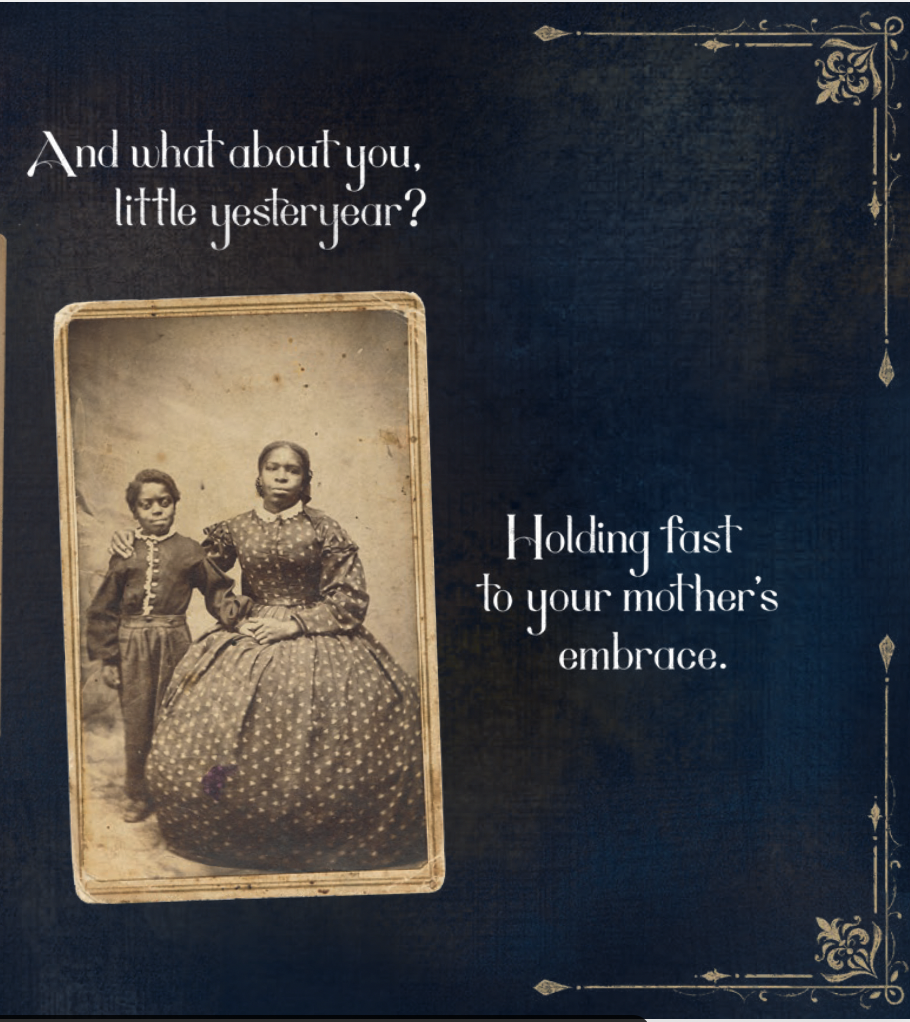
A big thank you to Kimberly for taking the time to answer my questions. Thank you too to Lathea Mondesir and the folks at Penguin Random House and Dial Books for Young Readers for setting this up in the first place. Dear Yesterday is now on shelves everywhere. Be sure to check out the book that School Library Journal said was, “Moving and profound, this inspiring glimpse of photographs and text will remind all readers of the value of family connections, of time’s passing, and the need for remembrance.”
Filed under: Interviews
About Betsy Bird
Betsy Bird is currently the Collection Development Manager of the Evanston Public Library system and a former Materials Specialist for New York Public Library. She has served on Newbery, written for Horn Book, and has done other lovely little things that she'd love to tell you about but that she's sure you'd find more interesting to hear of in person. Her opinions are her own and do not reflect those of EPL, SLJ, or any of the other acronyms you might be able to name. Follow her on Twitter: @fuseeight.
ADVERTISEMENT
ADVERTISEMENT
SLJ Blog Network
Name That LEGO Book Cover! (#53)
Exclusive: Vol. 2 of The Weirn Books Is Coming in October | News
Fighting Public School Book Bans with the Civil Rights Act
North Texas Teen Book Festival 2024 Recap
ADVERTISEMENT







